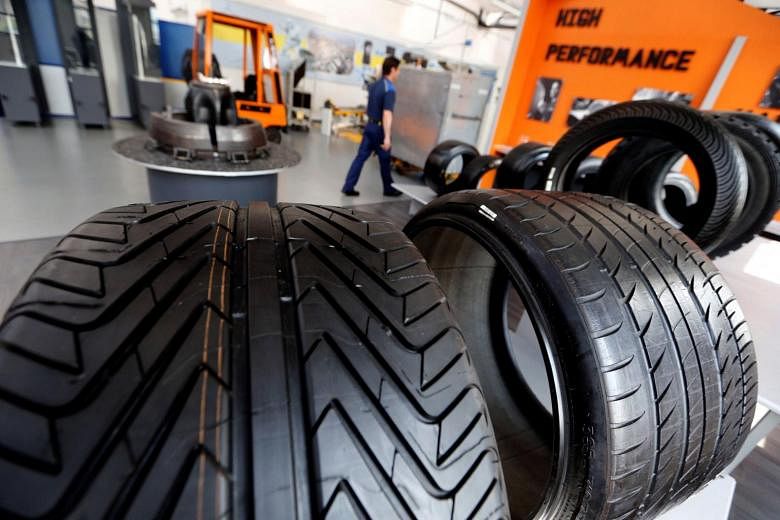Are wide tyres more prone to skidding or aquaplaning? If so, why?
Skidding occurs when there is a loss of grip between tyres and the road surface. This could happen on dry or wet surfaces. More often than not, excessive speed is the primary cause.
A tyre's grip on the road is also dependent on its state and condition. Tyre pressure, for instance, is an important factor. So is the state of tyre wear. Reduced tread depth may not cause a noticeable deterioration in dry-road adhesion, but on wet roads, worn tyres will not disperse water efficiently, and skidding is thus more likely to occur.
Aquaplaning is a somewhat different phenomenon. The term describes a situation when one or more tyres literally float on puddles of water. Any tyre, even a new one with maximum tread depth, is unable to disperse puddles more than 20mm deep.
What happens then is the build-up of more water in front of the rolling tyre that eventually lifts it off the road surface. This usually happens in the front first, totally diminishing any steering control and, on a front-wheel-drive car, traction too.
Wide tyres are definitely more prone to aquaplaning since a broader layer of water will build up when a puddle is encountered, increasing the onset of aquaplaning. Bicycles and motorcycles, especially those with skinny tyres, effectively cut a channel through a puddle to eliminate the risk of aquaplaning.
Aquaplaning is a dangerous situation - one that can be avoided only by reducing one's speed in heavy rain. Generally, the risk arises once you exceed 70kmh. And no amount of electronic stability assistance, traction control or all-wheel-drive can prevent aquaplaning at high speeds.
In a downpour, keep in mind that puddles tend to occur on the outermost right lane of expressways here.

